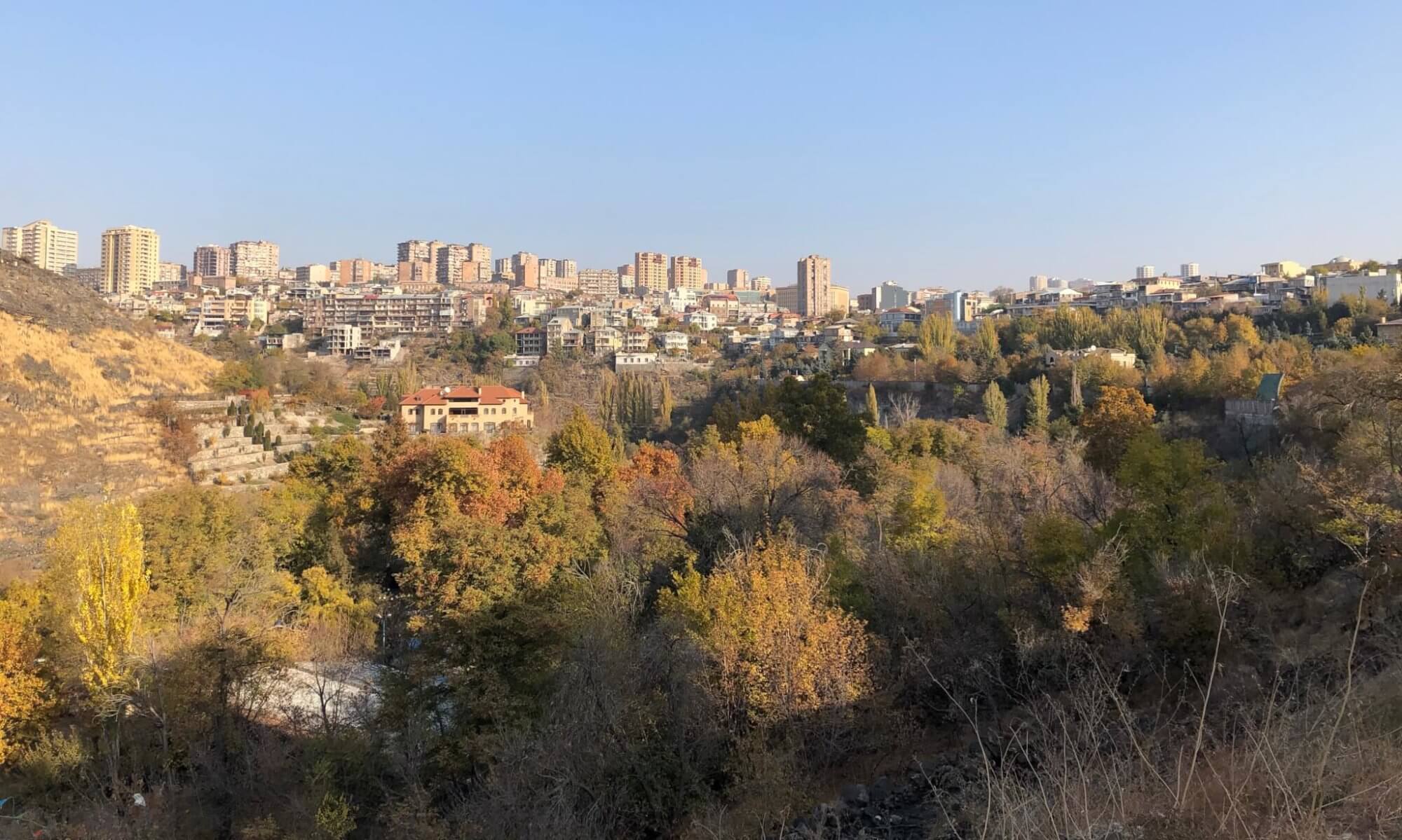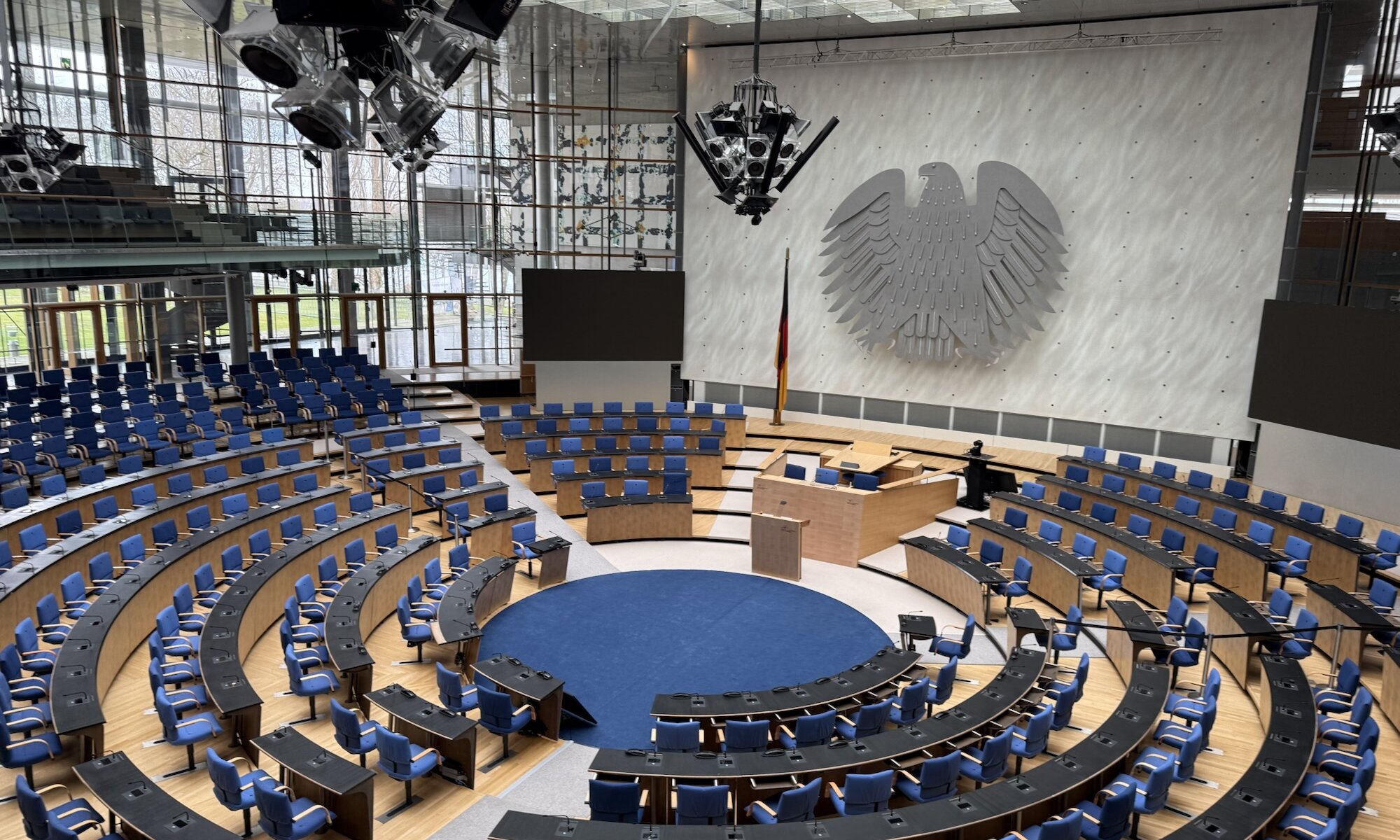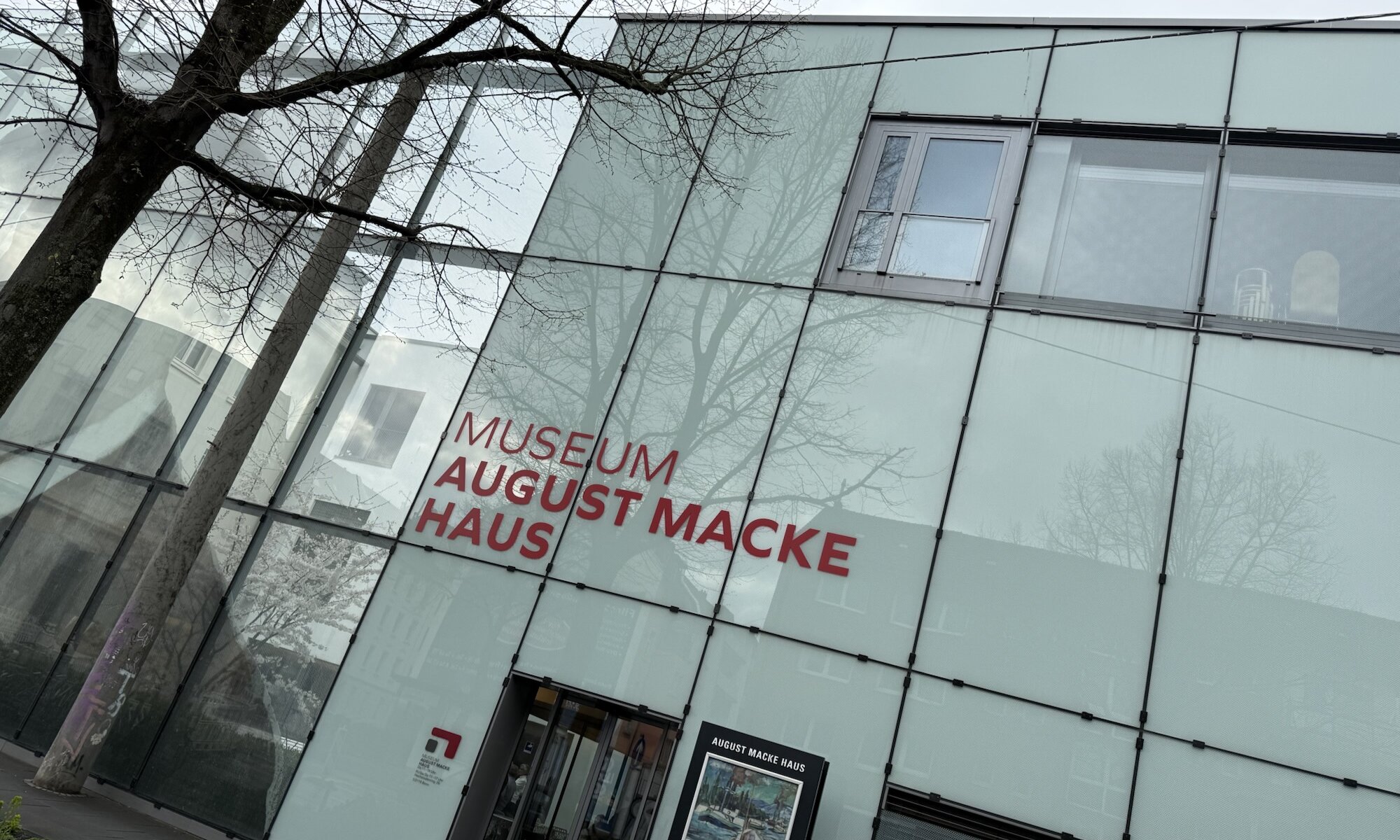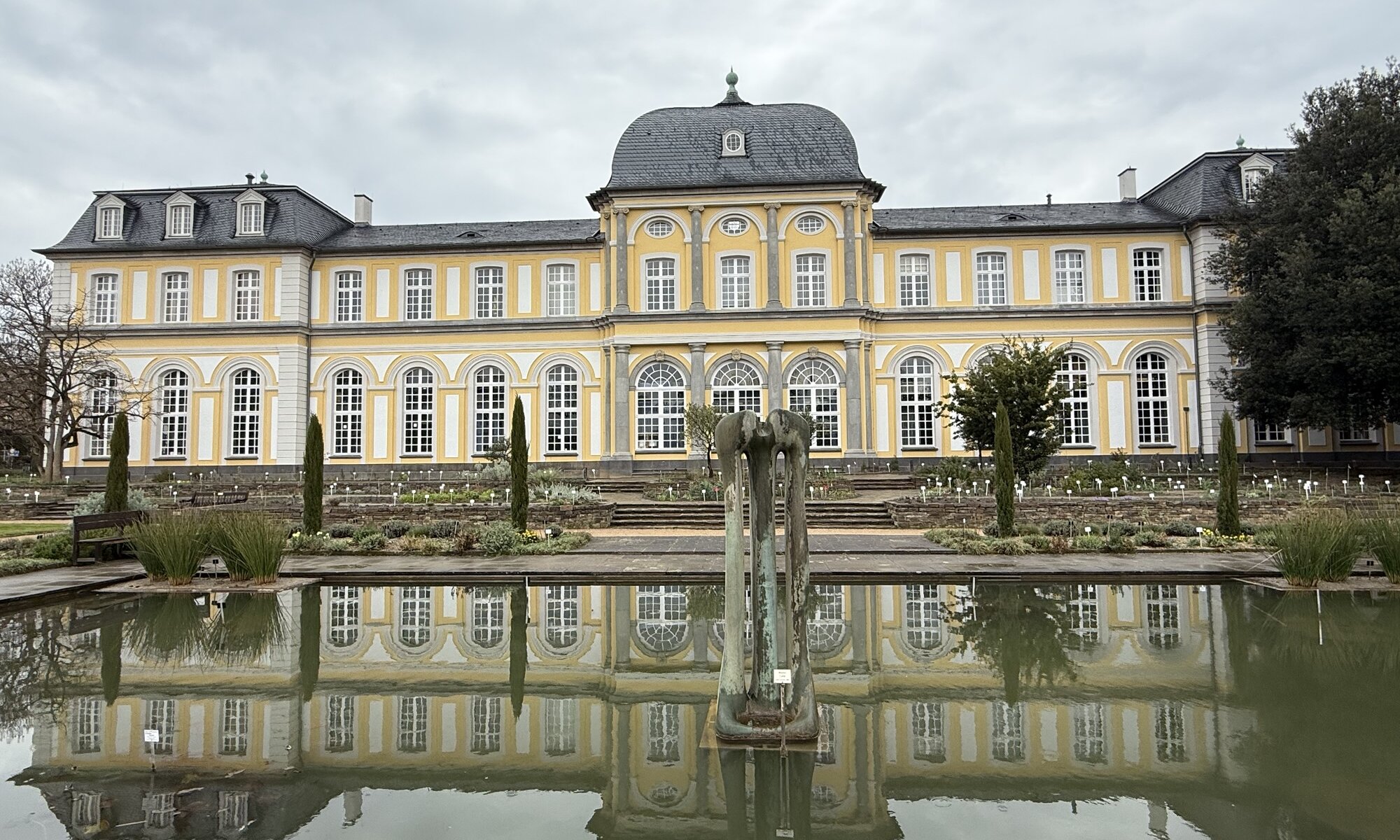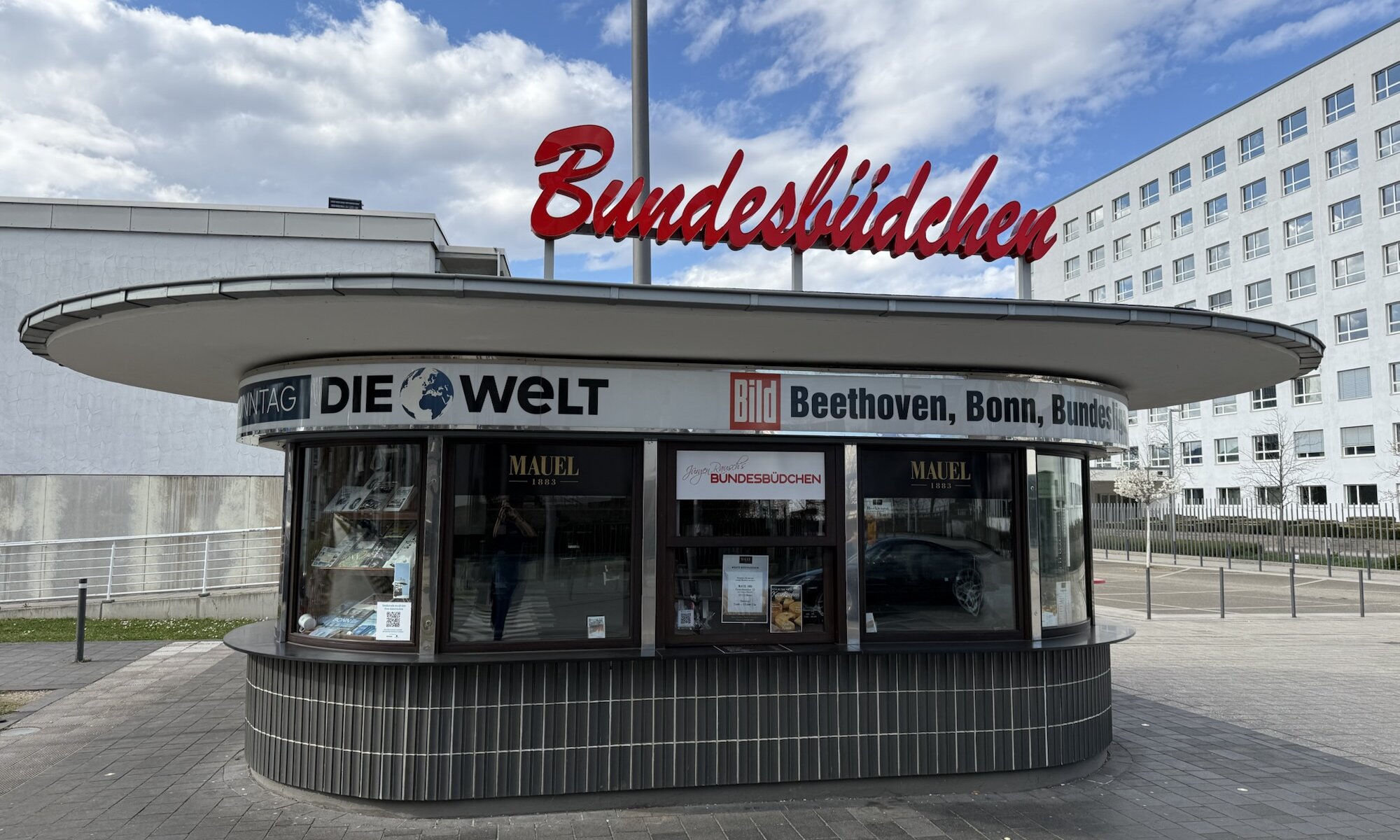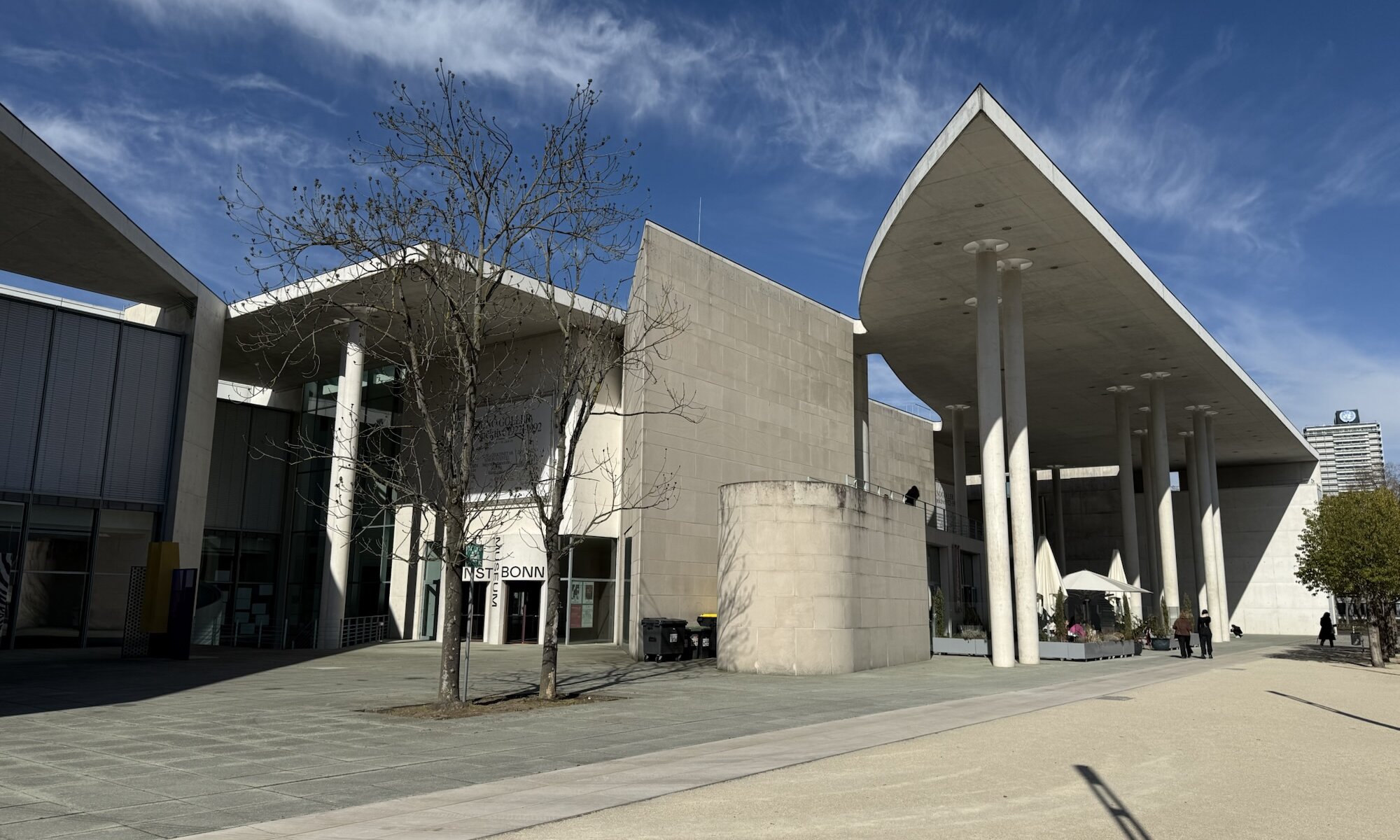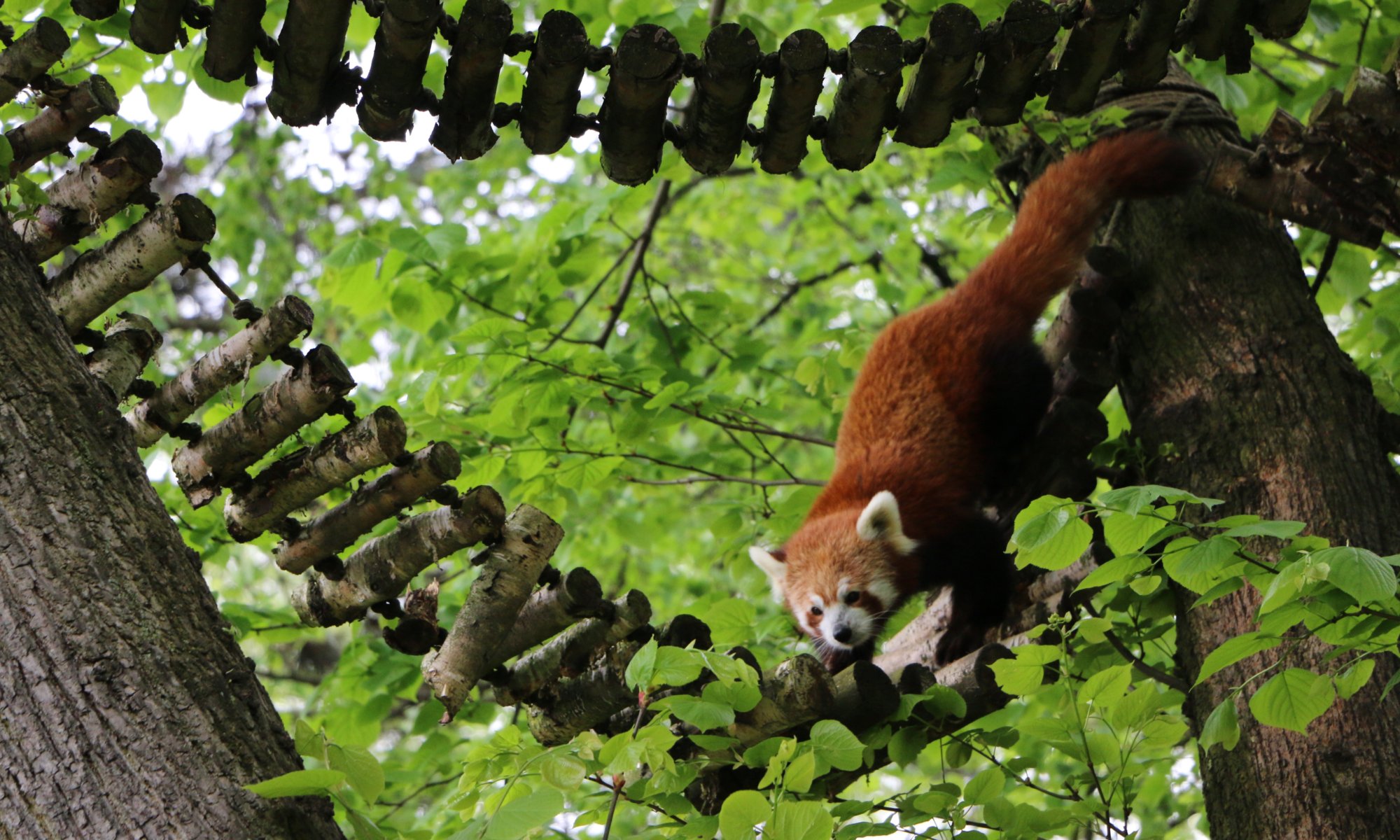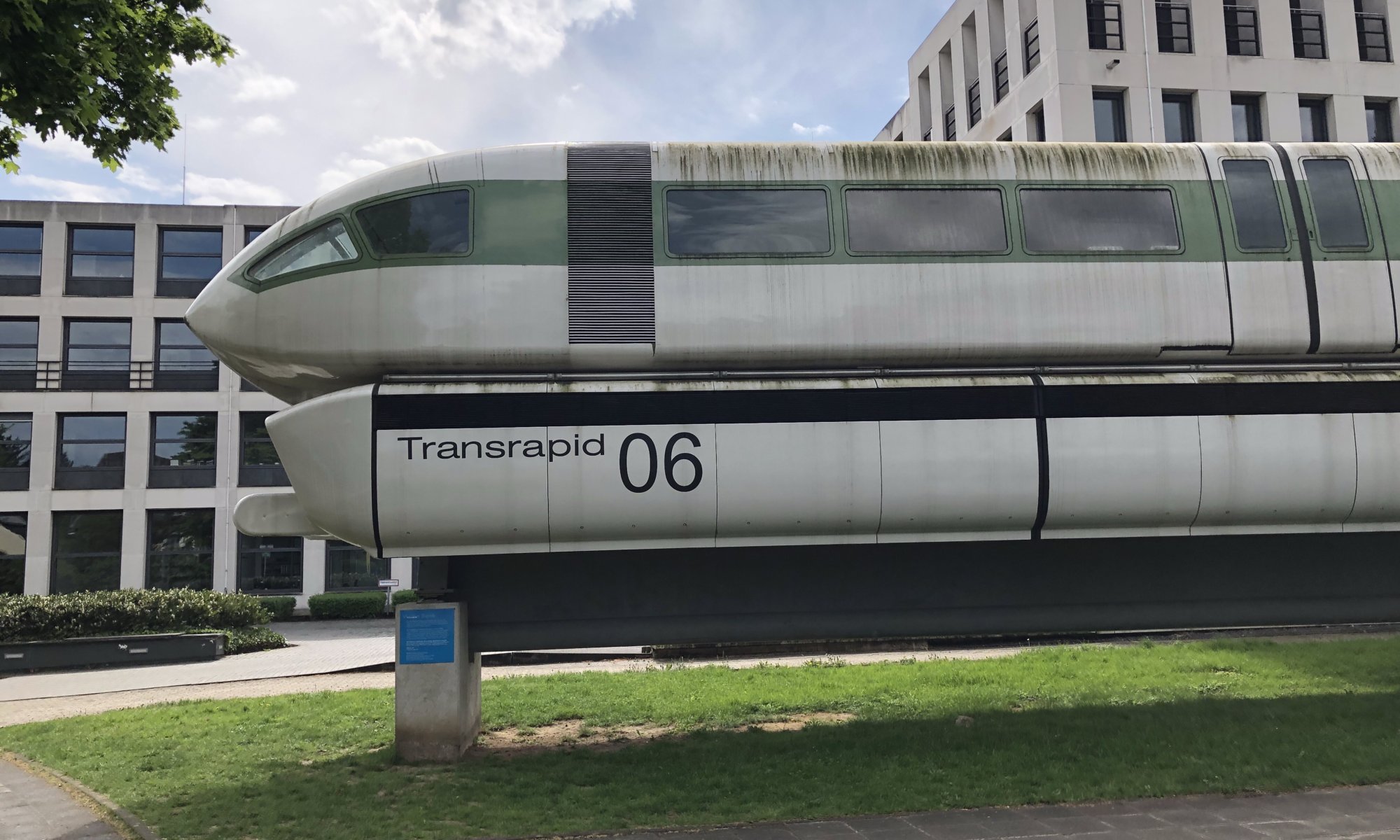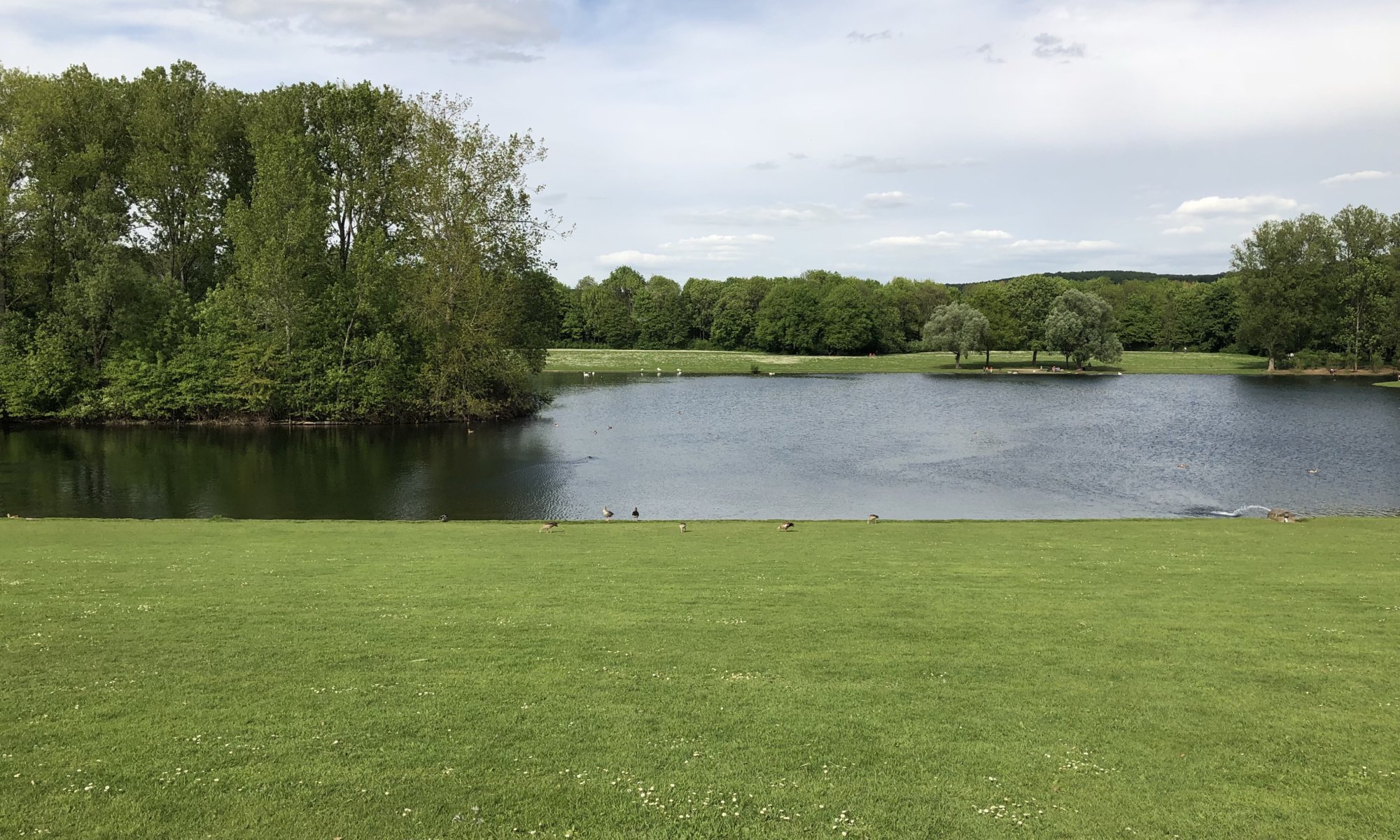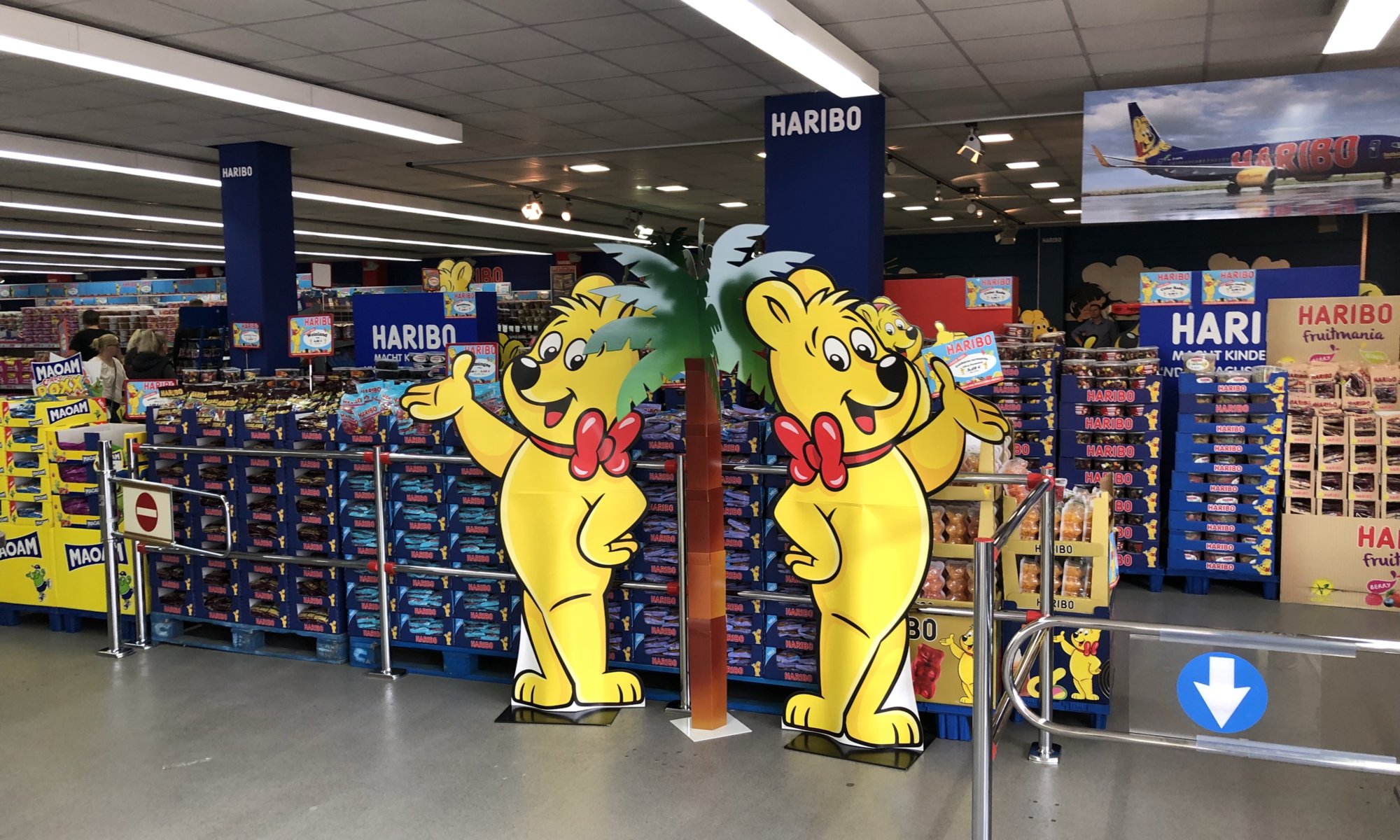The Bundeshaus in Bonn served as the provisional seat of the German Bundestag and Bundesrat from 1949 to 1999. Initially constructed as a pedagogical academy between 1930 and 1933, it was repurposed after World War II to host the newly established West German parliament. The original building was expanded with additions like the ‘Langer Eugen’ office tower in 1969 and a new plenary chamber by Günter Behnisch in 1992, which emphasized transparency and democracy.
Continue reading “Bundeshaus”Expressionism
August Macke (1887–1914) was a prominent German Expressionist painter and a key member of the ‘Der Blaue Reiter’ (The Blue Rider) group. Born in Meschede, he spent much of his life in Bonn, where he developed his distinctive style characterized by vibrant colors and simplified forms. His works often depicted serene urban scenes, gardens, and still lifes, radiating light and harmony. Tragically, Macke’s career was cut short when he died at the age of 27 during World War I in France. Despite his brief life, he produced over 11,000 artworks, leaving a lasting legacy in the world of art.
Continue reading “Expressionism”Poppelsdorfer Schloss
The Poppelsdorfer Schloss in Bonn is a Baroque palace built between 1715 and 1753 on the site of a former medieval water castle. Originally named ‘Clemensruhe’ after its founder, Elector Joseph Clemens, the palace was designed as a pleasure residence with symmetrical architecture and an inner courtyard. It later became part of the University of Bonn in 1818, housing scientific collections and the Mineralogical Museum. The Poppelsdorfer Allee, a tree-lined avenue with historic charm, connects the palace to Bonn’s city center, offering a picturesque approach for visitors.
Continue reading “Poppelsdorfer Schloss”Bundesstadt
Bonn, one of Germany’s oldest cities, played a significant role during the period of German separation. After World War II, it was chosen as the provisional capital of West Germany in 1949 due to its modest size and distance from Berlin’s Nazi legacy. Bonn became a symbol of West Germany’s democratic rebirth and hosted key political institutions, including the Bundestag and the Federal Chancellery. This status persisted until reunification in 1990, after which Berlin was reinstated as the capital. However, Bonn retained some federal ministries and became a model for balancing regional development.
Continue reading “Bundesstadt”Museumsmeile
The Museumsmeile in Bonn, located along Adenauerallee, is a cultural hotspot featuring four renowned museums that showcase art, history, science, and nature. Visitors can explore these attractions conveniently and enjoy the nearby Rheinauenpark or the river Rhein for a relaxing walk afterwards.
Continue reading “Museumsmeile”Animals and chocolate
On a weekend in October 2017 I decided to go alone to Köln, Germany to watch a soccer match between Werder Bremen and the 1. FC Köln. And of course I used the time to go to the zoo and the chocolate museum, too. When I came home I told my family about my visit and the reaction was foreseeable: we want to go there, too! Continue reading “Animals and chocolate”
Transrapid & more
The Deutsches Museum Bonn in Bonn, Germany is a remote location of the Deutsches Museum in München. It has been opened in 1995 and is located at the Wissenschaftszentrum Bonn – the heart of the German scientific community hosting most important science organisations.
Continue reading “Transrapid & more”Rheinauenpark
If you need some fresh air and a walk in the sun at Bonn, Germany the Freizeitpark Rheinaue might be the right place. It is a green area outside of the city directly at the river Rhein. You’ll find vast green fields, small playgrounds, an artificial lake with boats, a beautiful Japanese garden, a restaurant and a beer garden.
Continue reading “Rheinauenpark”Kids and grown-ups love it so
If you trace back the roots of the famous gummibears you’ll end up at Bonn, Germany (HARIBO=Hans Riegel, Bonn). At the location of the former factory you’ll find the factory outlet shop where you can buy plenty of candy. Not all kinds they produce but a vast amount. Continue reading “Kids and grown-ups love it so”
